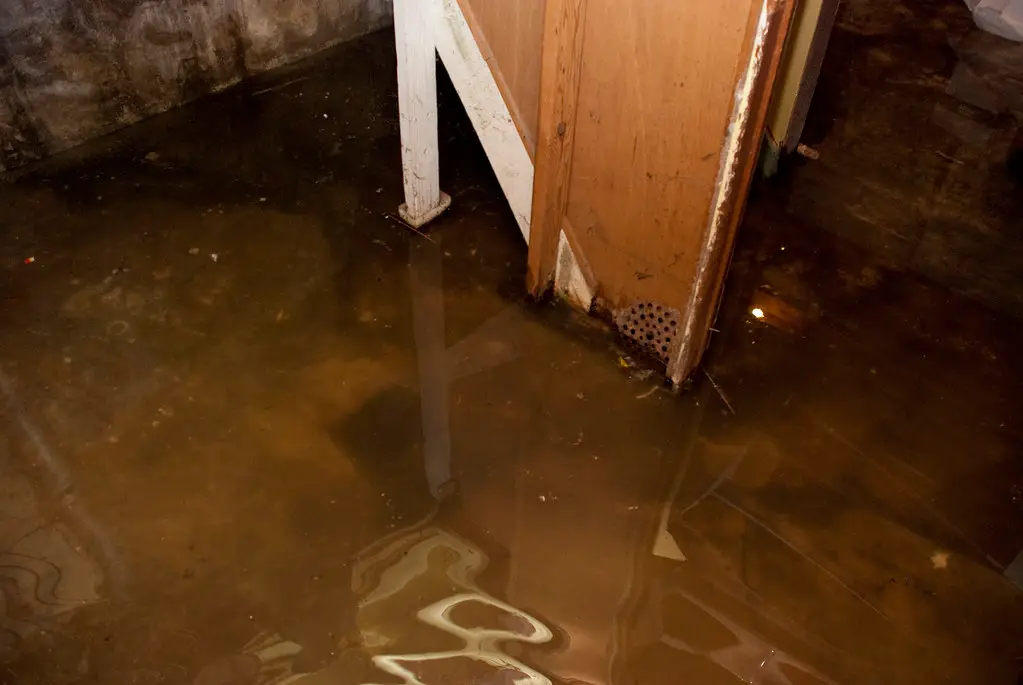
7 Steps to Effectively Tackle Flooded Basements
Basement floods could be caused by flash floods, defective or burst pipes, and storm or sewage backups. When you are met with a situation like this, it is important to respond swiftly so you can prevent mold growth before it spreads too much.
How to Deal with a Flooded Basement?
We have curated a few easy and simple steps you must take to deal with flooded basements:
Step 1: Get in Touch With Your Insurance Company
Usually, home insurance covers extensive damage such as this. Therefore contacting your insurance company will help you save some money when you are starting with the restoration work. The first thing to do is click a few pictures recording the extent of the damage.
Step 2: Disconnect the Power Source in the Basement
It is pertinent to cut off the power source so you and your family members can be safe. Ensure that if there are any children or pets in the house, they are away from the affected area.
Step 3: Identify and Eliminate the Water Source
In order to stop the damage from aggravating further, it is important to identify the water source and prevent it from further releasing water into the basement. In case of a burst pipe, you can turn off the knob. It can also be done when there is a sewage backup. In some cases where the flood is natural, it is difficult to entirely cut off the water source. In this case, it is best to rely on professional cleanup service providers. Before the team arrives, you can block the inflow of water using sandbags.
Step 4: Remove Water From the Basement
Removing water from the basement is necessary to get started with the process. Before you begin with water removal, you must equip yourself with protective gear. Wear gloves, goggles, full-coverage clothes, and headgear.
Cleaning the sewage in your basement can be a daunting process as the allergens and pathogens it contains can cause severe illness. In complicated situations such as sewage backup, you must contact ECOS cleanup services so the professionals can handle the situation well.
If the water levels are low and you think you can handle it on your own, you must use rags or mops to remove water. Try not to use the vacuum cleaner as it may require an electric source.
Step 5: Dry Out the Affected Region
Having removed the stagnant water, you must ensure that the walls, floor, and other valuables are completely devoid of water. Any hint of left-out water will cause a mold to grow within your home.
Using industrial standard drying fans and dehumidifiers is an excellent way to dry out the basements. However, in case of severe damage, it is crucial for you to contact a water damage restoration company such as ECOS. Professional cleaning service providers conduct tests to detect mold presence and ensure that mold is removed from every nook and corner of the house. Ensure to remove the water within 24-48 hours. If you delay further than this, you will possibly get a mold.
Step 6: Save Your Valuables and Discard Damaged Items
Go through the products one by one to detect traces of damage. Anything you feel has no chance of salvaging, you must get rid of it. Certain items, such as cardboard or paper, cannot be cleaned with liquid disinfectants. Assemble your products in clean and dry areas and let them dry for a few days. You must ensure to keep an eye out for any appliances kept in the basement. Dry out your heaters, washing machines, carpets, and other items before reusing them.
Step 7: Use Sanitization
It is crucial to sanitize everything in case of a flood. Try to clean everything with bleaching agents to remove bacteria, mold, and other items.
Professional Flooded Basement Cleanup With ECOS
ECOS is a professional water damage restoration company that ensures that your basement is free from allergens and bacteria. Using cleaning agents and high-end equipment, you can completely eliminate mold from your homes. You can sit back and relax while our experienced professionals can take care of your home, possessions, and your safety.

